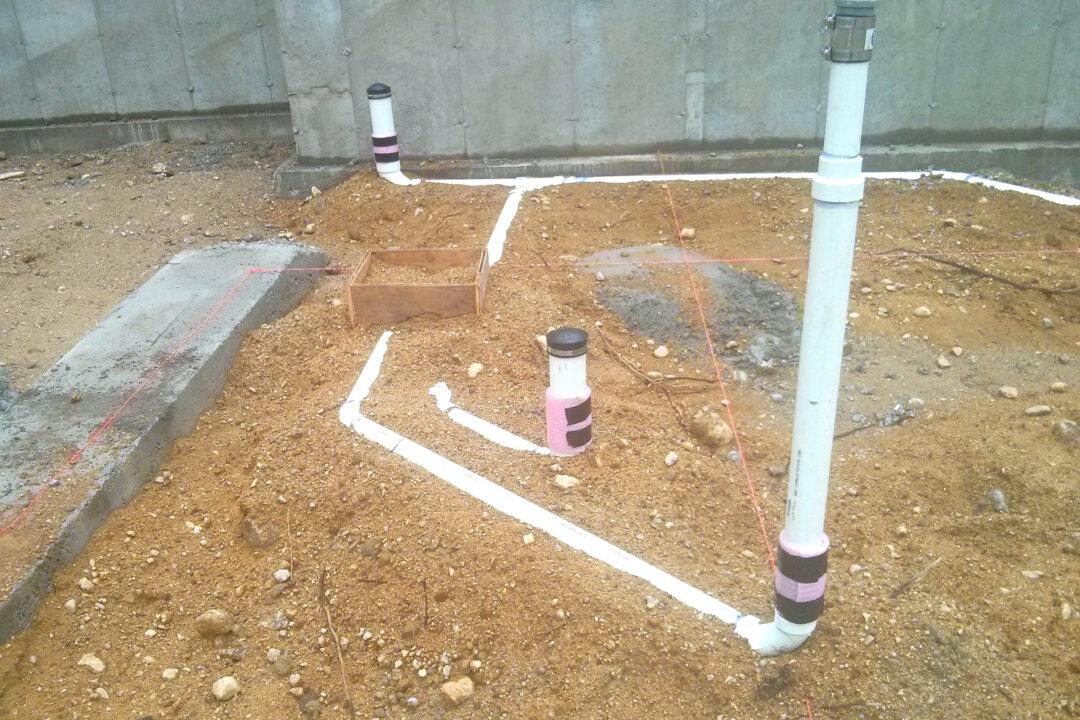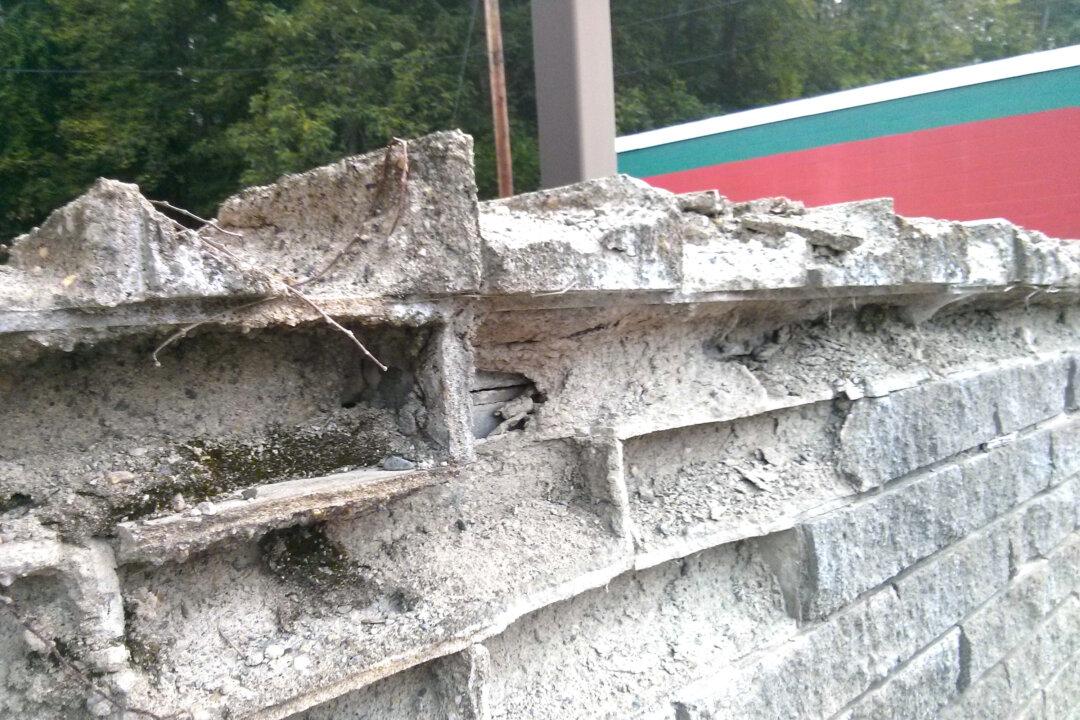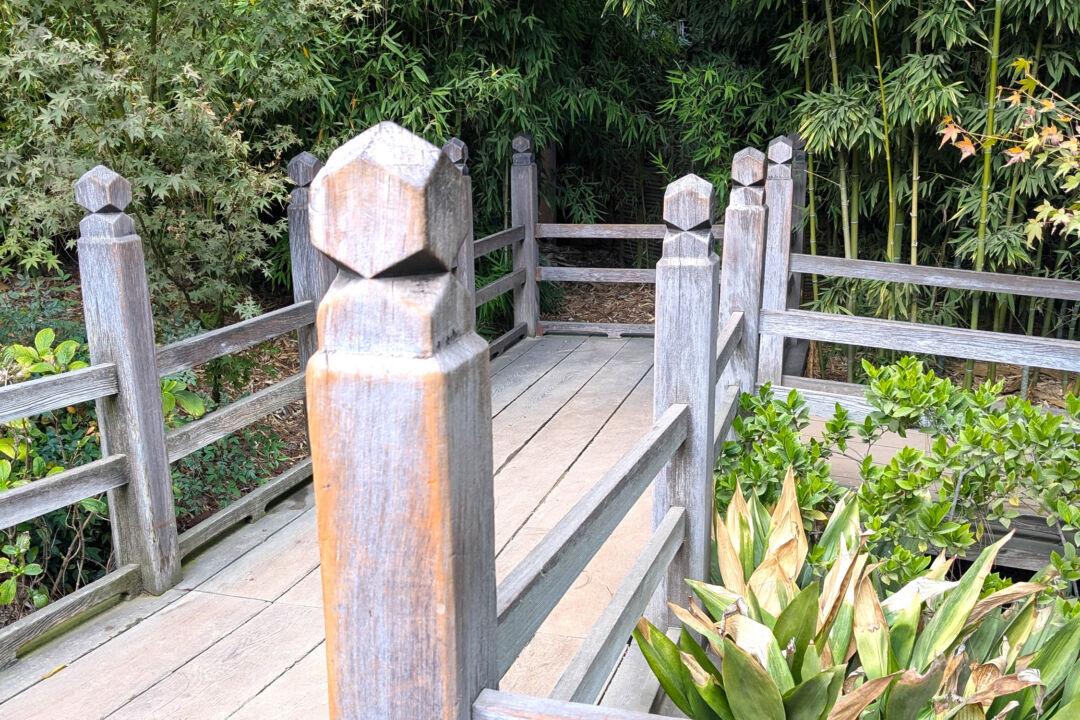You’ve heard the wise saying, “Good fences make good neighbors.” It’s been around in one form or the other for hundreds of years and Robert Frost immortalized it in one of his poems just over a century ago.
The advice is solid and you can take it one step further, should you desire. Attractive and one-of-a-kind fences make great and appreciative neighbors. These special fences can also serve a secondary purpose of making your landscaping even more beautiful.
Stop and think about that for a moment. When was the last time you saw a fence that put your head on a swivel? You don’t give a second thought to a plain-vanilla chain-link fence. A split-rail wood fence might get an extra half-second glance from you. A picket fence with special posts and humped fence sections might get you to comment on its grandeur.
But what happens if you take it to the next level? What happens if you invest the extra time to build a decorative fence using layered materials, simple geometric designs, and any other trim pieces to create a one-of-a-kind fence? You can do this using any number of materials such as wood, wrought iron, aluminum or even vinyl.
I can tell you from experience that fences like this do create years of pleasure both for you and those who live on the other side of the man-made barrier. Several times a year I get the privilege to visit the Asticou Azalea Garden on Mount Desert Island in Downeast Maine and see such a fence.

Asticou is a magnificent collection of all sorts of outdoor plants, trees, a pond and Japanese garden. Not only can you discover peace and serenity here, but you can view a stunning decorative wood fence that provides a gorgeous backdrop for some of the specimen plantings.
Years ago, you had to have a creative DNA within you to achieve stellar results or you may have paid an architect or designer to create a fence design. The internet now makes this child’s play as you can view thousands of fence photos to get your inspiration. If you’ve not done this, I urge you to try. Be prepared to view tantalizing pieces of fence eye candy made from all sorts of material in a myriad of designs.
Wood is probably the best material to consider if you intend to build your own decorative fence. It’s easy to obtain, it’s easy to work with, and it might be the most affordable option you have.
There are quite a few basic things you should consider before you start your project. First and foremost, check with your local town or city to see if there are restrictions when it comes to fencing. The community I last lived in had a height requirement for fences. The founders of the community wanted to preserve the open vistas and rural feel of the land and knew that tall fences would ruin this look. Fence heights were limited to 56 inches.
Once you determine if you can build a fence, you need to make sure the fence is on your land. If you don’t know the exact location of your property lines, it might be well worth it to have a surveyor come out and re-establish your lot boundaries. Many homeowners don’t realize a surveyor can install stakes or pins along a boundary line with speed and precision. These intermediary points will allow you to ensure your fence is on your property.
If you have buried utilities in your area, call 811 three days before you intend to start to use a post hole digger. The last thing you want to do is chop an electric line in half, damage a fiber-optic cable, pierce a gas line, or create a fountain cutting into a water line.
It pays to have deep respect for the power of wind. If you decide to build a fence that’s more solid than not, keep in mind when the wind blows against it, there can be hundreds, if not thousands, of pounds of force trying to blow it over. You may have to bury fence posts three, or more, feet into the ground to resist this force.
Think of the future. I’ve seen many other home improvement articles try to convince you to surround your fence posts with concrete. It’s not necessary, and concrete will cause you tremendous pain in the future if you need to replace a fence post. Often the soil is strong enough on its own to support sideways movement of a fence. If you feel the need to add additional strength, then surround key fence posts with a 5-inch-wide ring of crushed gravel. Once this compacts, it will be just like concrete and far easier to remove should the need arise.
If you’re using wood, take whatever steps are necessary to pre-cut and pre-stain or paint each individual piece of wood on all sides and edges before you assemble the pieces. If you layer wood pieces on top of one another and don’t do this, water will seep into the wood, causing paint to peel prematurely, and it will accelerate wood rot.
I’ve found over the years the best fence paint is not paint! Do what Tom Sawyer did and apply a coat of true whitewash. You can add dry pigments to real whitewash to achieve just about any color. I have a secret recipe for traditional whitewash here: https://GO.askthebuilder.com/realwhitewash.





